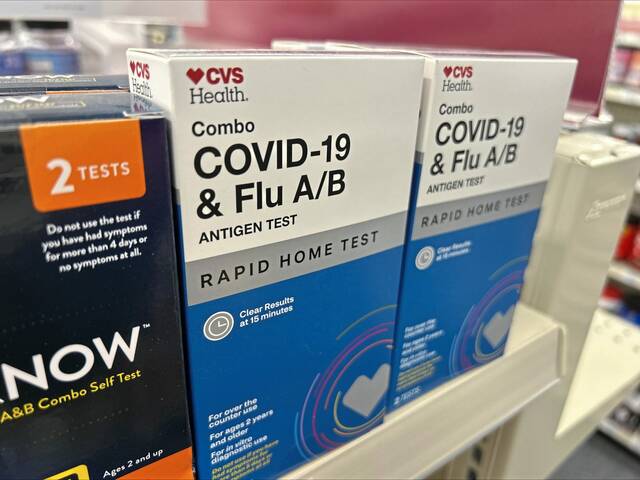Enrollment declined 5.4% across Pennsylvania’s 14 state-owned universities this fall, slipping to 88,651 — a low not seen in 35 years.
Officials were anticipating a slight decline in enrollment, but nothing prepared them for the totals the universities reported after three weeks of classes. Enrollment has not been this low since 1986.
The declines are part of a continuing slide that began after the number of students at State System schools peaked at 119,513 in 2010. Officials have attributed the slide to a combination of the shrinking pool of new high school graduates in a state with a graying demographic and families shying away from the increasing cost of a four-year college degree.
They say fears driven by covid-19 undoubtedly figured into this year’s declines.
In raw numbers, the losses were most apparent at Indiana University of Pennsylvania, which lost 759 students and dropped enrollment below 10,000 for the first time since 1969. Total enrollment of 9,308 marks a 28% reduction since enrollment peaked at more than 15,000 in 2010.
IUP spokeswoman Michelle Fryling said the decline there was not unanticipated. She said the school has been working to stem the decline and attract and retain strong students.
“We’re excited that 90% of our freshman class took advantage of our renewable merit scholarship, which is new for 2021, but the demographic plus covid make things very challenging for all of us,” she said.
Last year, total enrollment at the 14 universities slipped by 1.8%, a number well within the parameters of the projections officials made in the midst of the pandemic. This year’s much larger decline was far greater than originally anticipated.
“My guess is this is part of the pandemic effect and we’ll see it elsewhere once the numbers are in,” State System Chancellor Daniel Greenstein said.
Enrollment declines also continued at California, Clarion and Edinboro universities, which are in the midst of a lengthy merger designed to create an academic powerhouse that will attract and retain students with a wider range of in-person and online offerings.
It is one of two ongoing mergers — the other in Eastern Pennsylvania where Bloomsburg, Mansfield and Lock Haven universities are merging operations — designed to reduce costs and maximize resources.
Greenstein said the mergers, designed in part to keep all of the campuses open and operating, are proceeding smoothly. He said paperwork supporting the effort has been forwarded to Middle States, the accrediting body for higher education in the mid-Atlantic region.
In Western Pennsylvania, the California-Clarion-Edinboro project recently named a provost and several deans who previously were assigned to the individual universities to direct various operations across the joined universities.
The State System Board of Governors is scheduled to vote this week to approve a new name for the California-Clarion-Edinboro merger that has been referred to as the Western Integrated University.
Slippery Rock, the only standalone Western Pennsylvania university in the State System that has avoided losses in recent years, posted a 5.09% decline, taking total enrollment at the Butler County campus to 8,424.
Even West Chester, the State System’s largest school and the only one to post significant enrollment gains in the past decade, saw a slight decline. Enrollment at its campus just outside of Philadelphia slipped by 79 students to 17,640.
The State System’s two smallest universities — Mansfield in Pennsylvania’s northern tier and Cheyney, the state’s oldest historically black university — managed to hold their own, with Cheney at 642 after a gain of 15 and Mansfield at 1,803 after a gain of 11 students.








